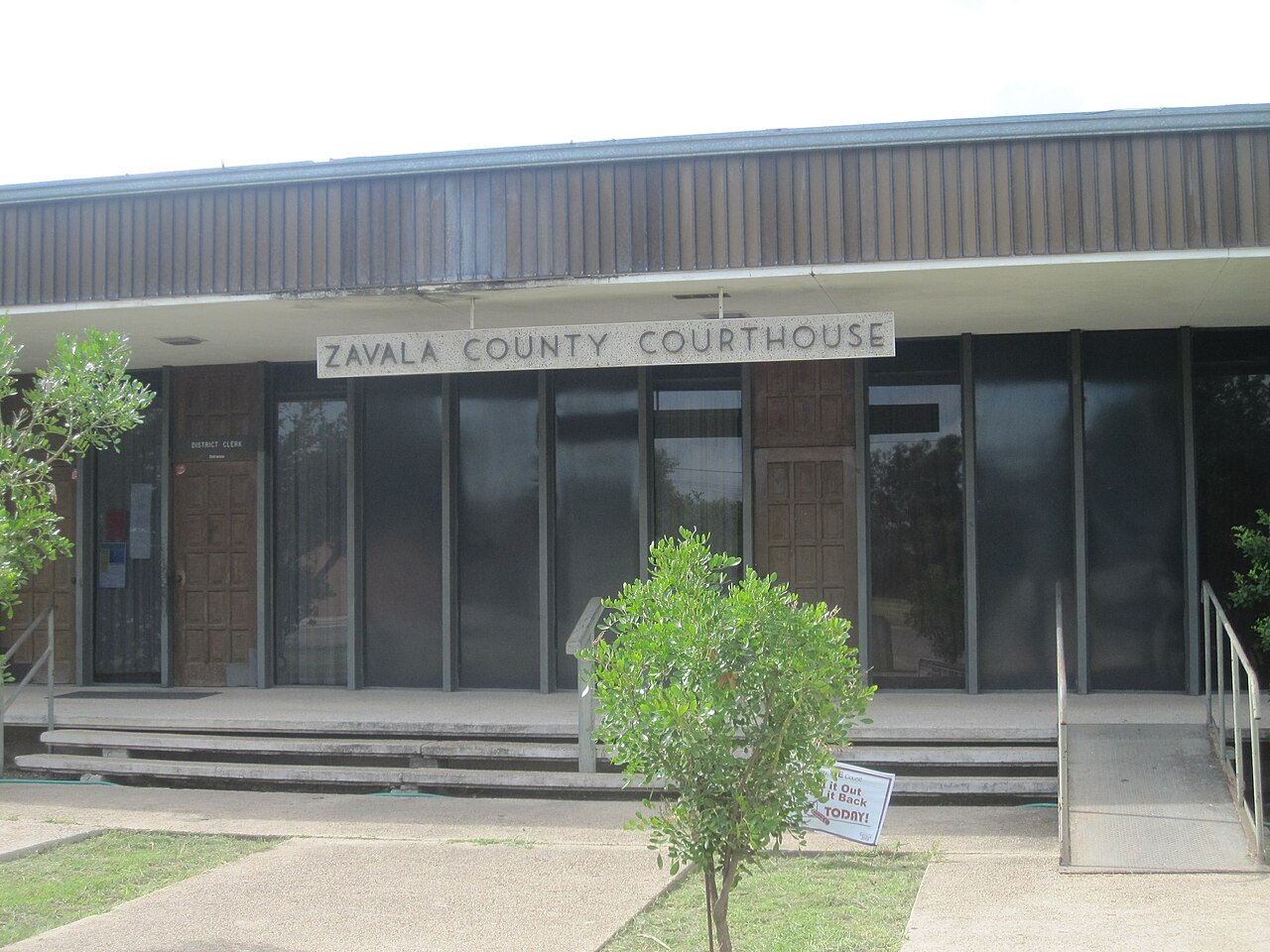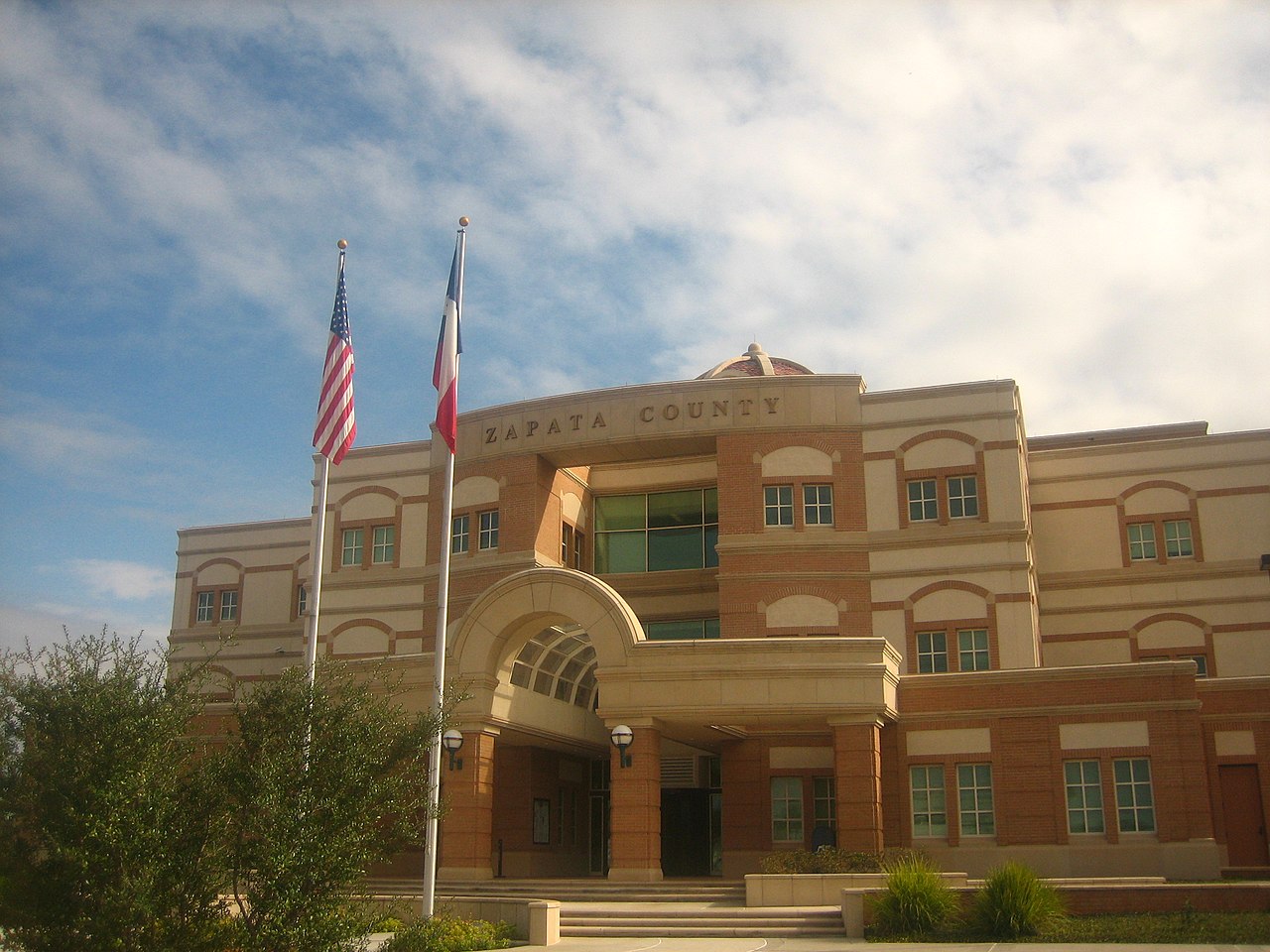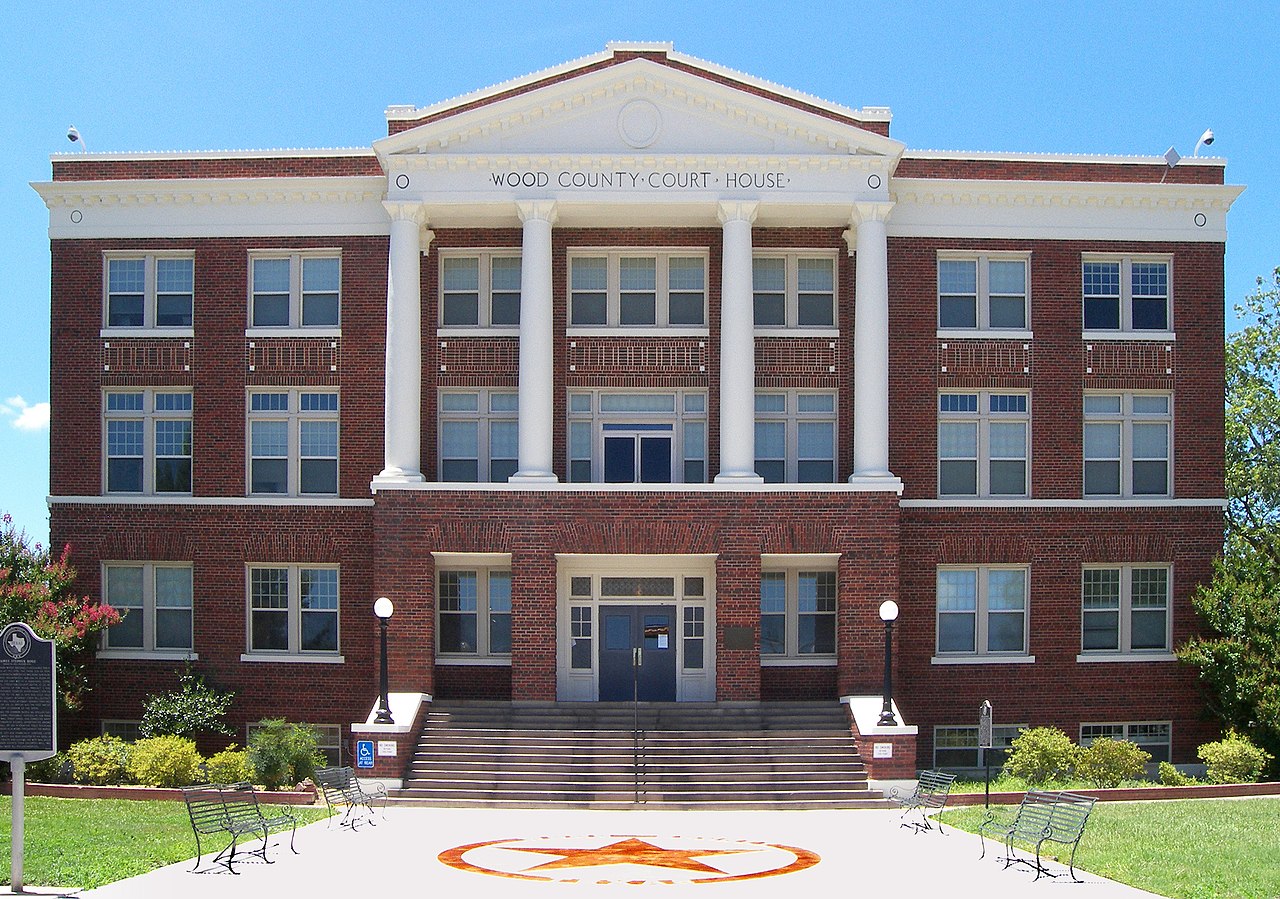Texas Writs of Garnishment to Collect Judgment Liens in Atascosa County, Texas
Busby & Associates is a law firm that specializes in judgments, including defense, collection, and enforcement. Our primary focus is garnishing bank accounts and financial institutions, but we also provide support for consumer bankruptcy, family law, and divorce cases, for both obligors and obligees under child support liens. Additionally, we can assist with the domestication of foreign child support liens in Texas. If you are a judgment creditor who is facing challenges in collecting from a debtor, give us a call. We can assist you in understanding the process and taking action to collect your judgment if the debtor resides in Atascosa County, Texas.
Texas Judgment liens
An abstract of judgment filed in the appropriate county creates a lien on all non-exempt real property of the judgment debtor within Atascosa County. The lien remains in effect for ten years, unless the judgment becomes dormant. To be eligible for a judgment lien, the underlying judgment must be final and not interlocutory. Even if the judgment is under appeal, a lien can still be established before the appeal. Keep in mind that these rules only apply to Texas state trial court judgments and not to judgments from other states or foreign countries, which must first be domesticated in Texas to create a lien.
Texas Abstract of Judgment
In Texas, the task of creating an abstract of judgment can be handled by either a judge, justice of the peace, clerk of the court, or the judgment creditor’s agent, attorney, or assignee. However, this rule does not apply to small claims and justice courts, where the judgment creditor is not allowed to prepare their own abstract. It is also important to note that abstracts of federal court judgments must have certification from the clerk of the court.
Contents
To be valid, a Texas abstract of judgment must demonstrate: (1) the identity of both the plaintiff and the defendant; (2) the birthdate of the defendant, if obtainable by the clerk of justice; (3) the final three digits of the defendant’s driver’s license, if obtainable; (4) the final three digits of the defendant’s social security number, if obtainable; (5) the number of the suit in which the judgment was granted; (6) the defendant’s address or, if not listed in the suit, the method of citation and the date and location of citation; (7) the date on which the judgment was granted; (8) the amount of the judgment and the balance still owing; (9) the amount of any arrearage for child support; (10) the interest rate specified in the judgment. It should be noted that the abstract must include the mailing address for each plaintiff or judgment creditor, or a penalty fee will be imposed. Furthermore, the abstract prepared by the creditor’s attorney must be verified and declarations that are not sworn shall not be accepted.
Recordation
Recording the abstract of judgment for Atascosa County (where the debtor has real property) is the duty of the county clerk. This includes filing it in the Atascosa County’s real property records, noting the date and time of recordation, and adding the names of plaintiffs and defendants in the judgment and the page number in the records to the alphabetical index of the real property records. In Atascosa County, you would record your judgment with the County Clerk, whose address is 1 Courthouse Circle Drive Suite 102 Jourdanton, Texas 78026
Abstracts of Domesticated Judgments.
The Uniform Enforcement of Foreign Judgments Act and the Uniform Foreign-Country Money Judgments Recognition Act state that foreign judgments are enforceable as if they were filed in the court where they were granted. This applies to domesticating a foreign judgment in Texas and the holder must comply with the lien requirements.
Property to Which Lien Attaches Non-Exempt Real Property
The judgment lien is applied to all non-exempt real property in Atascosa County; the county of recordation that belongs to the defendant.
Keeping the Judgment and Judgment Lien Alive
- Non-governmental Judgments
The lien established by a judgment lasts for a decade after it is recorded and indexed, unless the judgment becomes dormant. To keep the lien in effect, it is necessary to both keep the judgment active and record a new abstract of judgment. A judgment is considered dormant if a writ of execution is not issued within 10 years of its rendition. The dormant judgment can be brought back to life through scire facias or by filing an action of debt within two years of the judgment becoming dormant.
- State or State Agency Judgments.
Judgments issued by a state or state agency do not expire and can be enforced through a lien for 20 years from the date of filing, which can be renewed for an additional 20 years by submitting a renewed abstract of judgment.
- Political Subdivisions.
Judgments made by political subdivisions may become dormant per the dormancy statutes. However, the revival statute in Civ. Prac. & Rem. Code § 31.006 allows for these judgments to be reactivated at any time, regardless of the dormancy period.
- Child Support Judgments.
- 34.001 of the Civ. Prac. & Rem. Code’s Subsection (c) provides an exemption for child support judgments from the dormancy statute, applying to all child support judgments.
Property Subject to and Exempt from Execution.
- Property Subject to Execution.
In order to collect on a judgment, the debtor’s property can be levied through execution unless it is protected by constitutional, statutory, or other legal exemptions. Common examples of non-exempt property include cash, boats, collections, stocks, bonds, and airplanes. It’s worth noting that corporations do not have any property that is exempt from execution.
- Property Exempt from Execution.
Property that is protected from execution for both families and single adults includes: the primary residence, personal belongings with a value of up to $100,000 for families or $50,000 for single adults as outlined by statute, current wages earned for personal services (excluding child support payments), unpaid commissions for personal services not exceeding 25% of the $50/$100,000 aggregate limit, health aids prescribed by a professional, worker’s compensation payments, cemetery plots for burial purposes, property that the debtor has sold, mortgaged, or transferred in trust if the buyer, mortgagee, or trustee can provide alternative property to satisfy the execution, assets held in a spendthrift trust for the benefit of the judgment debtor, certain insurance benefits, certain savings plans such as retirement benefits and health savings plans, college savings plans, and consigned artwork.
WRITS OF GARNISHMENT
By using the post-judgment garnishment process, a judgment creditor can uncover any financial ties between a debtor and a third party, potentially discovering funds or property owed to the debtor. Should these funds or assets be found, the creditor can then obtain a garnishment judgment, directing the third party to pay them to the creditor instead of the debtor.
Requirements to Issue
Garnishment can take place after a judgment is rendered, only if the following conditions are met: a) The judgment is final and subsisting, b) The debtor has not filed an approved supersedeas bond to suspend execution on the judgment, c) The creditor swears that, to his knowledge, the judgment debtor does not have in his possession in Texas sufficient property that can be used to pay off the judgment.
Procedure for Securing Issuance Jurisdiction and parties
A post-judgment garnishment is a distinct legal action that is separate from the main lawsuit it is used to enforce. This supplementary action should be brought against a third-party garnishee as the defendant. The application for post-judgment garnishment should be filed in the same court that issued the judgment to be collected. For example, if the original suit was filed in the 245th judicial district court of Atascosa County, Texas, the garnishment action should also be filed in Atascosa County, but under a different cause number.
Service of the writ of garnishment/notice to judgment debtor.
The writ of garnishment must be delivered to the garnishee. The defendant in the judgment is not required to be involved in the garnishment action, but they must be given a copy of the writ of garnishment, the application, accompanying affidavits, and court orders as soon as possible after the garnishee has been served. It is also important to note that the copy of the writ given to the defendant must include, in 12-point type and in a way that is clear to a reasonable person, the contents of the writ. If proper notice is not given to the judgment debtor, any judgment, except for one that dissolves the writ, will be void.
Banks as Garnishees
The Finance Code stipulates that writs of garnishment served on garnishee banks must be sent to the registered agent’s address listed in the financial institution’s registration statement filed with the Secretary of State. This is in accordance with Section 201.102, which requires out-of-state financial institutions to register with the Secretary of State and appoint an agent for the process, and Section 201.103, which allows Texas financial institutions to file a statement with the Secretary of State appointing an agent for the process.
Officer’s Return.
The individual tasked with carrying out a writ of garnishment must file a return, in accordance with Tex. R. Civ. P. 663. Prior to obtaining a garnishment judgment, the judgment creditor should thoroughly review the return, particularly if it is a default judgment. Returns filed in garnishment proceedings are governed by the same rules as citations. In the past, returns have been deemed invalid due to a lack of information regarding service on a corporate garnishee and the location of service.
Forms for the form and Practical Procedure
To garnish a bank account or other debt, the location of the account must first be identified and it must be determined that there are enough funds to make the process cost-effective. After this, an Application for Garnishment must be filed, along with a supporting affidavit. The affidavit, usually signed by the attorney for the judgment creditor, should contain the following information: a. Information about the original suit and judgment, including credits applied to the judgment; b. The correct name and contact information for the garnishee and any officers who may be served; and c. Account names and numbers, if available.
If you have a judgment from Texas, Busby and Associates may be able to help you collect it on a contingency basis. Judgments from other states where the debtor is in Texas are evaluated individually and may require a retainer. Furthermore, Busby and Associates can help you garnish the bank account or financial institution of the judgment debtor within Atascosa County.














